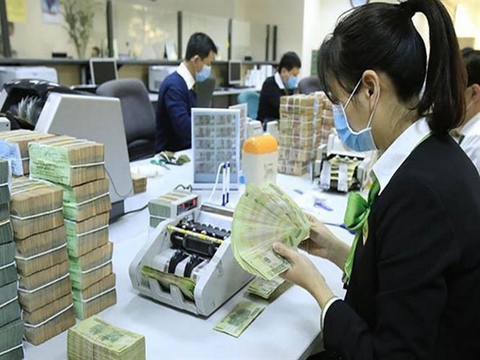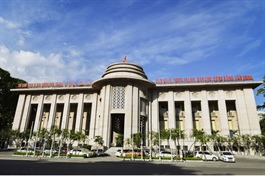Banks’ profit forecast to drop significantly in H2 2020
Banks’ profit forecast to drop significantly in H2 2020
The pre-tax profit of the banking system in the second half of this year is estimated to fall 22.1 per cent compared to the same period last year due to an increase in provisions for risky loans in the wake of the COVID-19 pandemic.

According to a recent report on the prospects of the banking industry in H2 2020 by Saigon Securities Incorporation (SSI)’s research division, SSI analysts believed that the rising provision will further reduce profits of banks.
They estimated that banks would promote the provisions for new bad debts and restructured debts. Total operating income of the banking system is projected to decrease 4 per cent while provisions for risky loans will likely increase 48 per cent.
The SSI estimated pre-tax profit of State-owned banks, including Vietcombank, BIDV and VietinBank, could decline 36 per cent, mainly due to the 59 per cent increase in provisions for risky loans in H2 2020.
The rising restructured debts will make the net interest margin (NIM) fall further. The amount of bad debts and restructured loans will sharply increase by the end of the year. Based on the estimates of the State Bank of Viet Nam (SBV), about 23 per cent of the total outstanding loans were adversely hit by the pandemic in the first quarter of this year.
When the pandemic continues, the number of customers encountering cash flow problems will continue to increase. Banks will have to put the loans on restructuring lists or classify them as bad debts. Therefore, the loss of interest income related to restructured loans and bad debts may increase significantly.
The negative effects of the interest rate reduction and exemption will last through H2 2020, longer than H1 of 2020. Therefore, SSI analysts estimated that the NIM would fall by an additional 60 basis points in H2 2020 if the pandemic lasts until the end of this year.
SSI forecast the credit growth in 2020 will be around 7.5-8.5 per cent, lower than the initial credit growth target of 11-14 percent set by the SBV. At the end of July 2020, the total credit growth was 3.75 per cent, compared to the 3.65 per cent in H1. It is half of the credit growth recorded in the same period of 2019 which was about 7.5 per cent.
The credit demand may continue to fall because the country is still facing the pandemic while banks may not lower their credit granting standards. Lending to large corporate customers and corporate bonds may continue to be the main driver for credit growth, while the retail segment will not be as strong as before, the report stated.

























